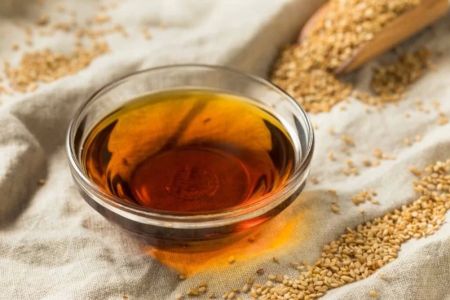How to Enjoy a Traditional Chinese Tea Ceremony at Home
Experiencing a traditional Chinese tea ceremony is an immersive and calming ritual that dates back centuries. Whether you are a tea enthusiast or simply curious about the cultural significance of tea in China, hosting a tea ceremony at home can provide a peaceful retreat and a deep connection to Chinese culture. In this guide, we’ll explore how to enjoy a traditional Chinese tea ceremony at home, offering you a step-by-step guide on the essential tools, techniques, and rituals involved in the process. By the end of this article, you will have a deeper understanding of how to bring the art of Chinese tea-making to your home and appreciate its rich history and benefits.
1. The Essential Tools for a Traditional Chinese Tea Ceremony
Before diving into the ceremony itself, it's important to gather the right tools. A traditional Chinese tea ceremony requires specific items that not only enhance the experience but also contribute to the flavor and aroma of the tea. Here’s a breakdown of the essential tools:
- Gaiwan (Lidded Bowl): This is the key vessel for brewing tea. It consists of a bowl, lid, and saucer, and is ideal for delicate leaves like green or white tea. It allows you to control the infusion process with precision.
- Tea Cups: Small, handleless cups are used for tasting the tea. These cups help maintain the tea's warmth and are perfect for enjoying the full depth of flavor.
- Tea Pot or Yixing Clay Teapot: For brewing more substantial amounts of tea, a Yixing clay teapot is traditionally used, especially for oolong or pu-erh tea. It is said that the teapot absorbs flavors, improving the tea’s quality with each use.
- Tea Strainer: A tea strainer helps catch any loose tea leaves from the infusion, ensuring a smooth drinking experience.
- Tea Tray: A tea tray is used to catch any spills and to display the teacups and teapot aesthetically during the ceremony.
2. The Best Tea for a Traditional Chinese Tea Ceremony
The type of tea you choose plays a crucial role in the ceremony’s success. In China, tea is categorized into several types, each with its own unique flavor and preparation style. For a traditional Chinese tea ceremony, it is recommended to use loose-leaf tea for the best results. Here are the top choices:
- Green Tea: Light and refreshing, green tea such as Longjing (Dragon Well) is a popular choice. Its subtle taste is perfect for the beginner’s tea ceremony, as it highlights the art of tea brewing without overwhelming the palate.
- Oolong Tea: Oolong tea is semi-fermented and falls between green and black tea. Tie Guan Yin is a famous variety that delivers a floral fragrance and a rich, complex flavor.
- Puerh Tea: A fermented tea from Yunnan, puerh is known for its earthy flavor and health benefits. It’s often enjoyed in a ceremony to encourage meditation and relaxation.
- White Tea: Delicate and light, white tea like Bai Mu Dan is ideal for short tea ceremonies. Its soft sweetness and subtle fragrance complement the calming nature of the ceremony.
3. The Rituals of a Traditional Chinese Tea Ceremony
The tea ceremony itself is a ritualistic process that involves several stages, each contributing to the final experience. It is essential to understand the significance of each step, as it allows you to not only prepare tea but also appreciate the meditative nature of the practice:
- Warming the Tea Tools: Before brewing the tea, warm the gaiwan, teapot, and cups with hot water. This is an important step that helps maintain the right temperature for brewing the tea.
- Rinsing the Tea Leaves: A common practice in Chinese tea ceremonies is to briefly rinse the tea leaves with hot water to awaken their aroma and flavors. This step also cleanses the leaves, especially in the case of puerh tea.
- Brewing the Tea: Pour the water over the tea leaves in a gentle, circular motion. The water temperature and steeping time will vary based on the type of tea. For delicate teas like green tea, use lower temperatures (around 70-80°C), while stronger teas like puerh may require hotter water (90-100°C).
- Pouring and Tasting: After brewing, pour the tea into small cups. The tasting is a mindful process, where the aroma, color, and flavor are appreciated. Take a moment to inhale the fragrance and taste the tea slowly, savoring the complexity of the flavor.
4. Setting the Right Atmosphere for the Ceremony
The ambiance is crucial when it comes to hosting a successful Chinese tea ceremony. The environment should be calm and conducive to relaxation. Here’s how you can set the right atmosphere:
- Choose a Quiet Space: Find a quiet, peaceful place where you won’t be interrupted. This will allow you to focus on the process and immerse yourself in the ritual.
- Lighting: Soft, warm lighting creates a tranquil atmosphere. Avoid harsh, artificial lights. Instead, use natural light or candles to enhance the serenity of the space.
- Clean and Simple Decor: Traditional Chinese tea ceremonies are all about simplicity and elegance. Use minimalistic decor, such as wooden trays or bamboo mats, to keep the focus on the tea.
- Optional: Play Soft Music: If desired, play soft, instrumental music in the background to set the tone. This can enhance the meditative experience.
5. Benefits of Enjoying a Traditional Chinese Tea Ceremony at Home
Enjoying a traditional Chinese tea ceremony at home provides more than just a cup of tea—it offers a moment of mindfulness and relaxation. By engaging in this ritual, you can experience numerous benefits:
- Stress Relief: The calming process of preparing tea can help reduce stress and improve mental clarity. It’s a perfect way to take a break from the demands of daily life.
- Cultural Immersion: A tea ceremony allows you to connect with the deep cultural traditions of China. It’s an opportunity to learn about the significance of tea and its role in Chinese history.
- Mindfulness Practice: The ritual requires focus and presence, making it an excellent way to practice mindfulness and cultivate patience in a fast-paced world.
Incorporating a traditional Chinese tea ceremony into your home routine can provide you with not just a deeper appreciation for tea but also a pathway to better mental and physical well-being. If you’re ready to start your journey into the world of Chinese tea ceremonies, consider investing in quality tea and accessories. To explore premium tea products, visit Chinese Food and discover the best options to elevate your experience.


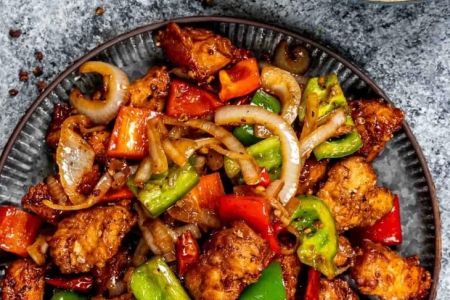
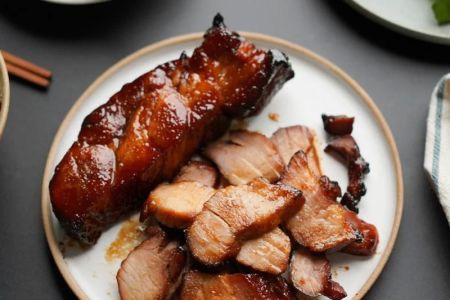
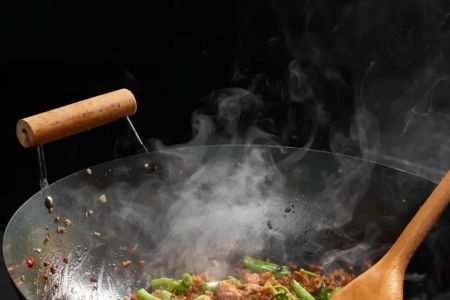
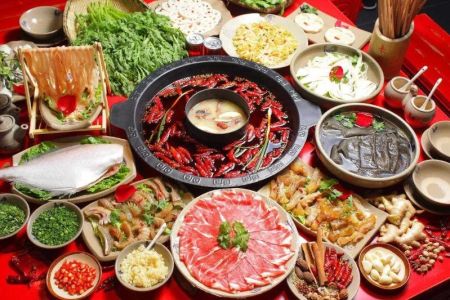
![Top Chinese Restaurants for Authentic Cantonese Cuisine in [Your City]](https://img.gochinarose.com/d33/2507/4157910400_450x300.webp)
